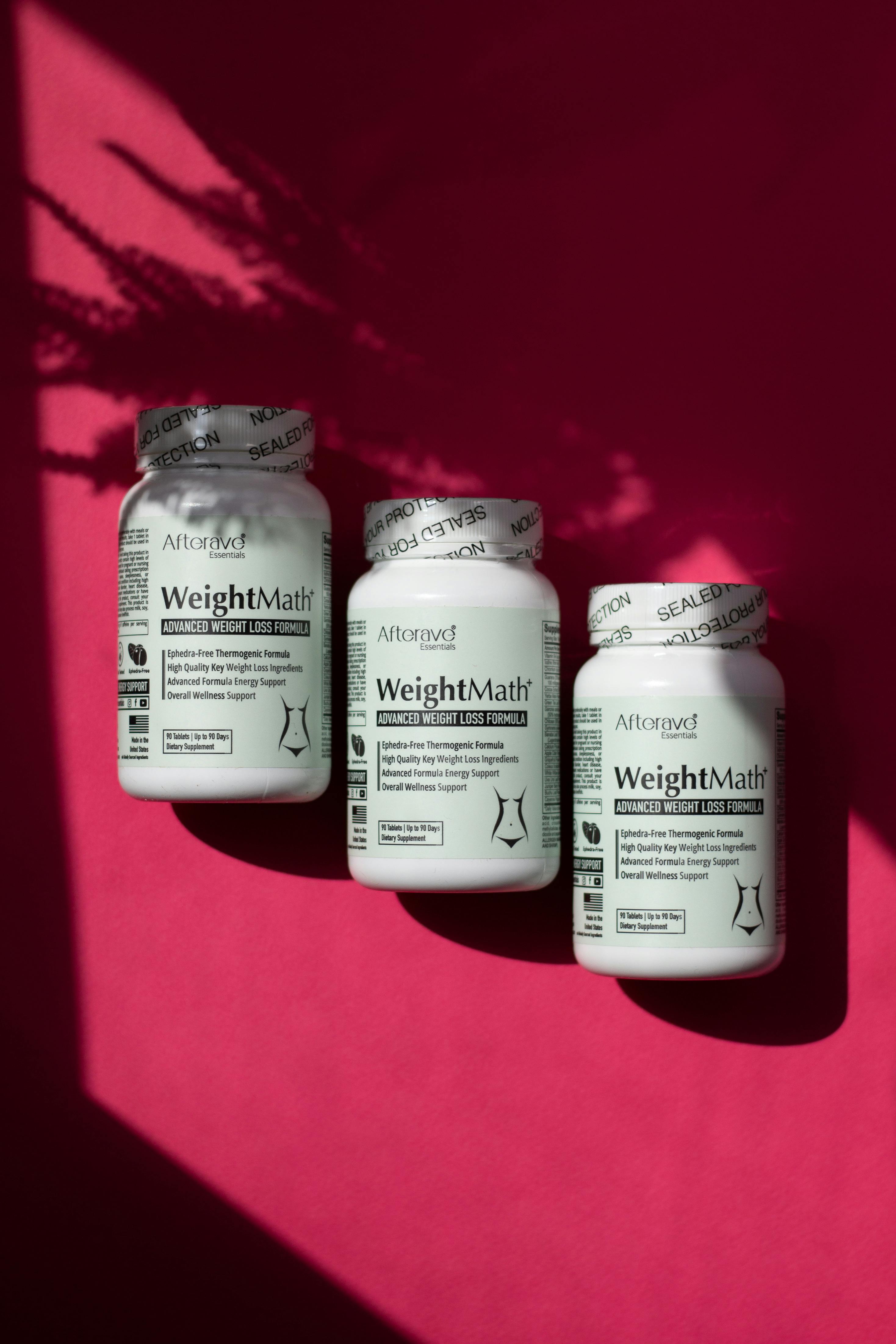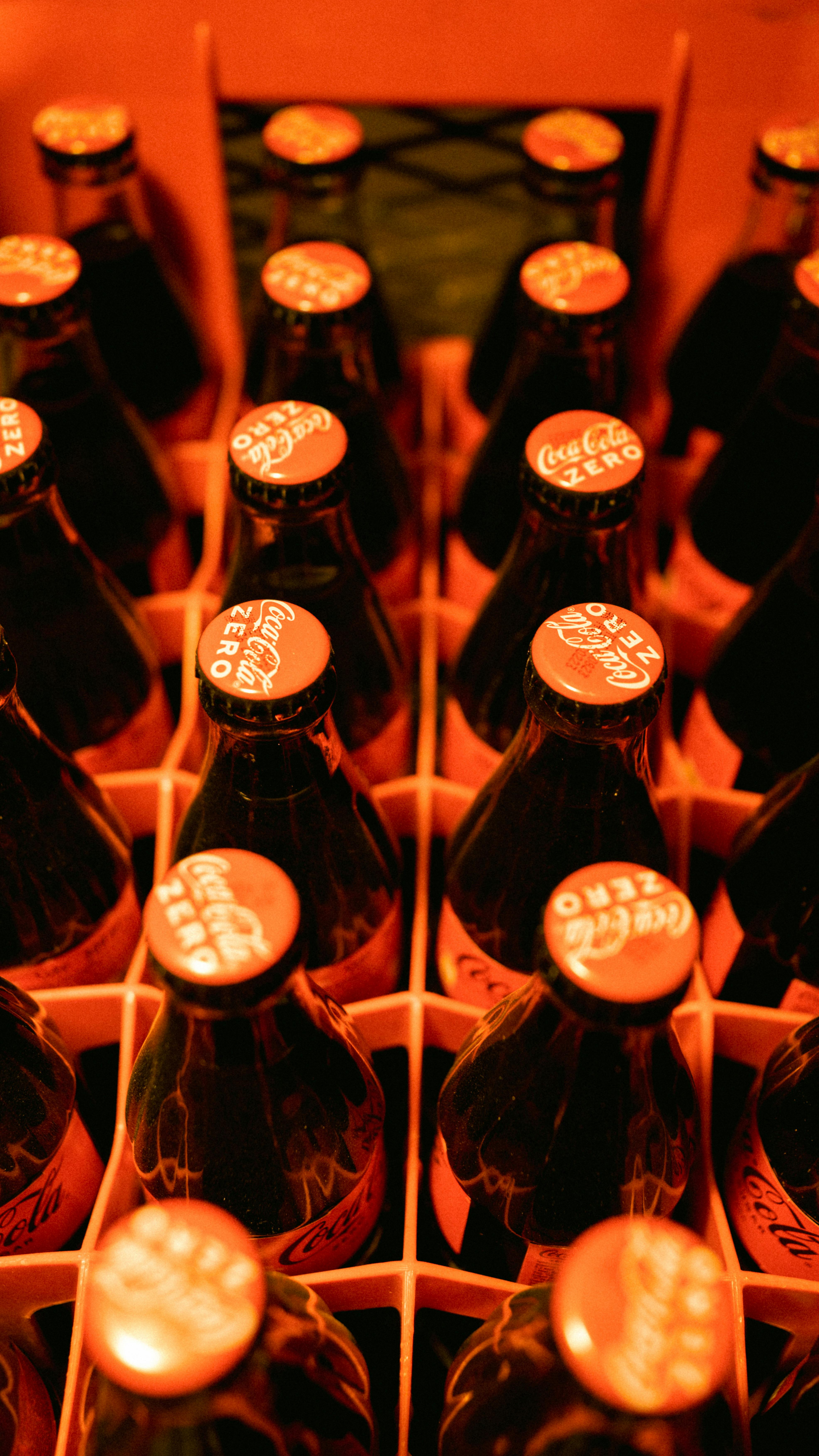
Complete Guide to Low Residue Diet for Colonoscopy in 2025
Preparing for a colonoscopy can be daunting, but following a low residue diet is crucial for ensuring the procedure runs smoothly. A low residue diet involves reducing fiber intake to minimize the bulk of the stool, making it easier for your gastrointestinal tract to clear. This dietary adjustment helps ensure accurate results during routine colorectal screenings and effectively safeguards digestive health. In this guide, we will explore the key components of a low residue diet, foods to include, what to avoid, and effective hydration tips to prepare for your colonoscopy in 2025.
The benefits of adhering to a low residue diet before a colonoscopy cannot be overlooked. It assists in preventing bowel obstructions and allows for a clearer view of the intestines. This guide will provide an overview of dietary restrictions, optimal meal plans, pre-procedure hydration best practices, and practical tips to make your dietary experience during this critical time enjoyable and stress-free. Get ready to embark on a journey to better understand your digestive health and ensure successful colonoscopy preparation.
Understanding the Low Residue Diet
Before diving into meal plans, it's important to grasp what defines a low residue diet. This dietary approach primarily focuses on limiting fiber intake to aid in the digestion and absorption of nutrients without stressing the gastrointestinal tract. A low residue diet typically includes soft foods, digestible proteins, and clear liquids while avoiding certain fibrous foods that can disrupt digestion.
What is a Low Residue Diet?
A low residue diet is designed to minimize the amount of undigested food passing through the intestines, thereby reducing the stool's bulk. This diet focuses on easily digestible foods that produce minimal waste. Recommended choices often include refined grains, tender meats, and well-cooked fruits and vegetables devoid of skins and seeds.
Benefits of Following a Low Residue Diet
Adhering to the low residue diet prior to a colonoscopy has several benefits, such as ensuring a clear colon during the procedure, reducing discomfort and bloating, and ultimately leading to a more efficient exam. This diet is essential for individuals with specific gastrointestinal concerns or who are preparing for colorectal screening.
Common Foods to Include
When following a low residue diet, it’s important to prioritize foods that are easy to digest and low in fiber. Soft options such as white bread, rice, plain pasta, cooked fruits without skins, tender meats, and dairy alternatives are ideal. Foods like yogurt, eggs, and clear broths also play essential roles in maintaining nutrition while minimizing fiber intake.
Foods to Avoid
Equally important as knowing what to eat is understanding which foods to steer clear of. High-fiber items such as whole grains, raw vegetables, nuts, seeds, and most fruits can lead to complications and should be avoided. Understanding the impact of fiber on digestion aids in ensuring compliance with dietary guidelines.
Hydration Before Colonoscopy
Staying hydrated is critical during your pre-colonoscopy preparation, and it goes hand in hand with maintaining a low residue diet. Optimal hydration supports smooth digestion and bowel function, enhancing your overall experience leading up to the procedure.
Importance of Hydration
Proper hydration helps maintain electrolyte balance and aids in facilitating the body's functions, particularly the digestive system. Drinking adequate fluids ensures that bodily systems operate within the necessary ranges, which helps prevent complications during colonoscopy prep.
Best Liquids to Consume
Opt for clear liquids that are easy to digest, such as water, tea, apple juice, and clear broths. Hydration sources should be devoid of artificial colors and fibers to ensure compliance with pre-colonoscopy guidelines. Additionally, herbal teas and other flavorful liquids can help maintain nutrient levels while packing on hydration.
Fasting Guidelines
Prior to the procedure, healthcare professionals usually recommend fasting for a certain period. You might be advised to stop eating solid foods and switch to clear liquids 24 hours before the colonoscopy. Following these guidelines ensures a minimal amount of residue remains in the bowel, which improves the effectiveness of the procedure.
Sample Low Residue Meal Plan
Creating a sample meal plan helps visualize the dietary path needed leading up to the colonoscopy. Meal strategies can prepare you physically and mentally for the dietary changes you will need to implement.
Breakfast Ideas
For breakfast, consider options such as plain yogurt, scrambled eggs, and well-cooked white rice. Pair these with clear liquids such as apple juice or herbal teas for additional hydration. This combination nourishes the body while remaining compliant with the low residue guidelines.
Lunch Choices
A recommended lunch could include a soft sandwich made with white bread and lean turkey, along with a clear broth or smooth soup. Opting for a fruit-flavored gelatin dessert can also satisfy sweet cravings while keeping within the diet’s restrictions.
Dinner Suggestions
For dinner, prepare steamed, well-cooked vegetables without skins, alongside tender chicken breast or white fish. Finish your meal with clear liquids or a smoothie made from easily digestible ingredients that adhere to the low residue guidelines.
Dietary Tips for Success
To ensure success on this dietary journey leading up to the colonoscopy, consider integrating some helpful habits and tips into your routine.
Meal Timing Before Procedure
Be mindful of the timing of your meals. Eating smaller, well-timed meals several hours before the fasting begins can help your body adjust smoothly to the dietary changes. This approach balances nutrition and supports your body’s digestive rhythms.
Monitoring Your Diet
Using tools like food diaries can help track what you eat and when. This practice allows you to stay accountable while ensuring that you meet all dietary requirements leading up to your colonoscopy.
Psychological Preparation
Managing stress surrounding the colonoscopy can positively impact your dietary compliance. Seek support from family or healthcare providers to address any concerns. Remember, a positive mindset contributes to overall digestive well-being.
FAQs About the Low Residue Diet
As you prepare, you might have questions about the low residue diet and its implications for colonoscopy. Here are some common questions answered.
What foods are strictly off-limits on a low residue diet?
Foods typically off-limits include whole grains, raw fruits and vegetables, nuts, seeds, and high-fiber cereals. Stick to soft foods that are easy to digest and low in fiber for optimal results.
Can I drink coffee or tea before my colonoscopy?
Yes, you can enjoy tea and coffee, but ensure you avoid creamers or sugary additives that might introduce unwanted fibers. Clear, unbleached options are preferable, as they help maintain diet guidelines.
How can I maintain hydration during fasting?
During fasting, clear liquids such as broths, water, and juices without pulp are essential for hydration. Aim for electrolyte balance with drinks designed to replenish fluids, especially if you have any discomfort.
Conclusion and Preparing for Your Colonoscopy
In sum, utilizing a low residue diet is a valuable strategy for effective colonoscopy preparation. Understanding what to eat, how to stay hydrated, and successfully managing dietary changes will pave the way for a successful procedure.
By engaging with this guide, you can feel confident in navigating your pre-colonoscopy diet, which not only reflects respect for your body's needs but also fosters a healthier approach toward gastrointestinal health overall. Stay informed and prepared, as these efforts ultimately contribute to your colorectal screening success and future digestive wellness.

